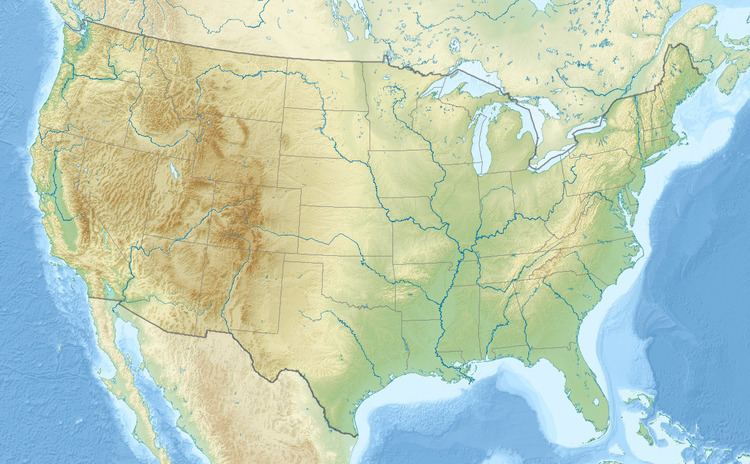Nearest city Billings, Montana | Visitors 312,168 (in 2011) Area 3.097 km² | |
 | ||
Established January 29, 1879 (1879-January-29) Website Little Bighorn Battlefield National Monument Address Interstate 90 Frontage Rd, Crow Agency, MT 59022, USA Hours Open today · 8AM–4:30PMFriday8AM–4:30PMSaturday8AM–4:30PMSunday8AM–4:30PMMonday8AM–4:30PMTuesday8AM–4:30PMWednesday8AM–4:30PMThursday8AM–4:30PMSuggest an edit Similar Devils Tower, Crazy Horse Memorial, Fort Abraham Lincoln, Grant‑Kohrs Ranch National, Custer Battlefield Museum I | ||
Little bighorn battlefield national monument
Little Bighorn Battlefield National Monument preserves the site of the June 25 and 26, 1876, Battle of the Little Bighorn, near Crow Agency, Montana, in the United States. It also serves as a memorial to those who fought in the battle: George Armstrong Custer's 7th Cavalry and a combined Lakota-Northern Cheyenne and Arapaho force. Custer National Cemetery, on the battlefield, is part of the national monument. The site of a related military action led by Marcus Reno and Frederick Benteen is also part of the national monument, but is about three miles (5 km) southeast of the Little Bighorn battlefield.
Contents
- Little bighorn battlefield national monument
- Story telling by ranger interpreter little bighorn battlefield national monument
- History of siteEdit
- MemorialsEdit
- References
Story telling by ranger interpreter little bighorn battlefield national monument
History of siteEdit
MemorialsEdit
The first memorial on the site was assembled by Captain George K. Sanderson and the 11th Infantry. They buried soldiers' bodies where they were found and removed animal bones. In his official report dated April 7, 1879, Sanderson wrote:
I accordingly built a mound out of cord wood filled in the center with all the horse bones I could find on the field. In the center of the mound I dug a grave and interred all the human bones that could be found, in all, parts of four or five different bodies. This grave was then built up with wood for four feet above ground. The mound is ten feet square and about eleven feet high; is built on the highest point immediately in rear of where Gen’l Custer’s body was found...
Lieutenant Charles F. Roe and the 2nd Cavalry built the granite memorial in July 1881 that stands today on the top of Last Stand Hill. They also reinterred soldiers' remains near the new memorial, but left stakes in the ground to mark where they had fallen. In 1890 these stakes were replaced with marble markers.
The bill that changed the name of the national monument also called for an "Indian Memorial" to be built near Last Stand Hill.
Markers honoring the Indians who fought at Little Big Horn, including Crazy Horse, have been added to those of the U.S. troops. On Memorial Day, 1999, the first of five red granite markers denoting where warriors fell during the battle were placed on the battlefield for Cheyenne warriors Lame White Man and Noisy Walking.
The warriors' red speckled granite memorial markers dot the ravines and hillsides just as do the white marble markers representing where soldiers fell. Since then, markers have been added for the Sans Arc Lakota warrior Long Road and the Minniconjou Lakota Dog's Back Bone.
On June 25, 2003, an "unknown Lakota warrior marker" was placed on Wooden Leg Hill, east of Last Stand Hill to honor a warrior who was killed during the battle, as witnessed and reported by the Northern Cheyenne warrior Wooden Leg.
The battlefield is the final resting place of the western historian and author Stanley Vestal, a professor at the University of Oklahoma.
